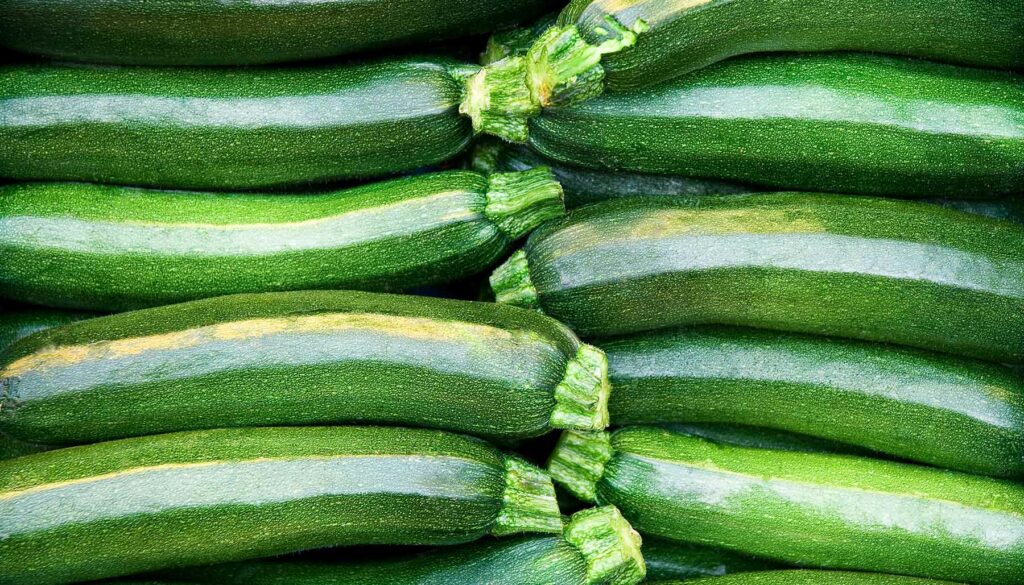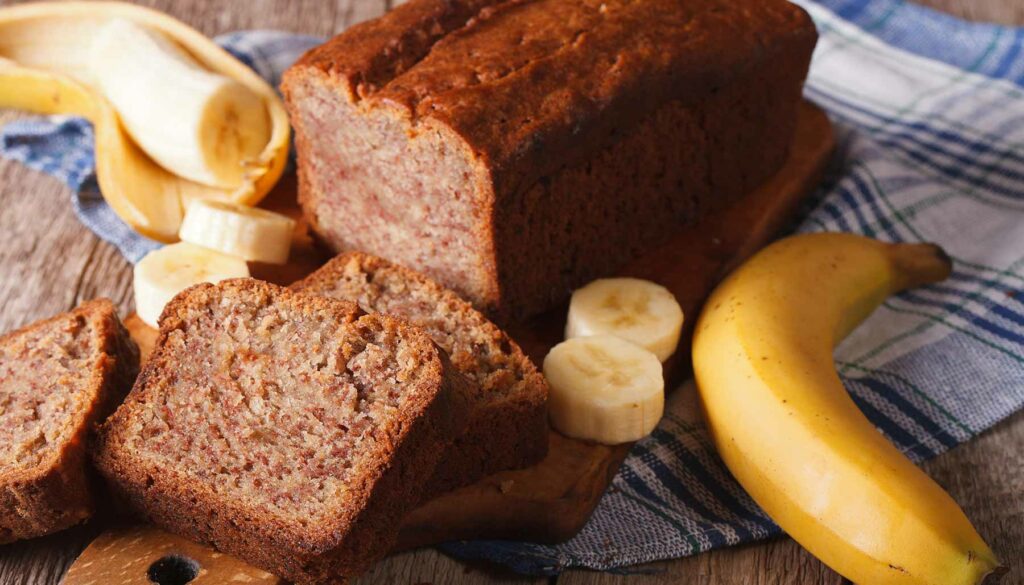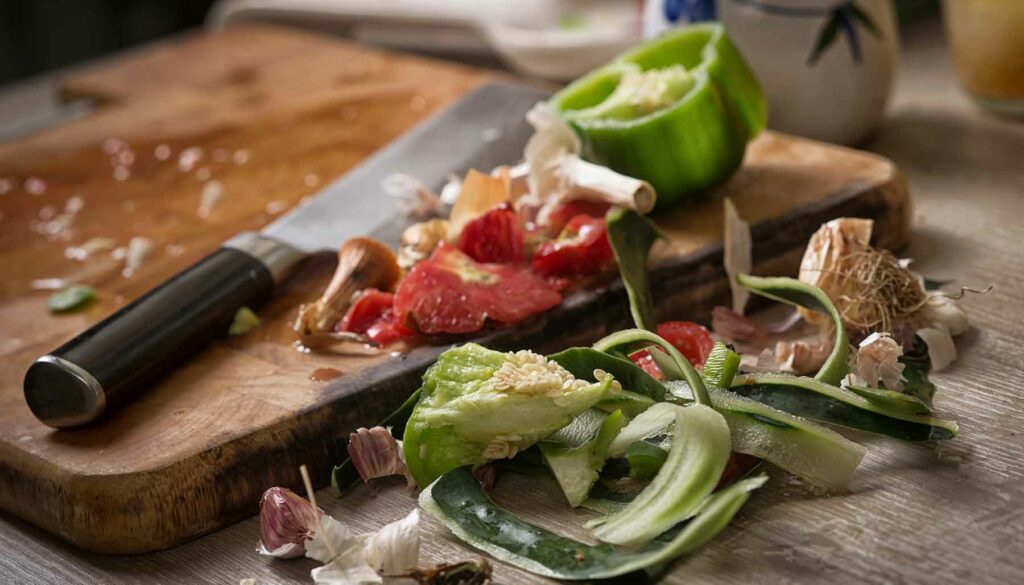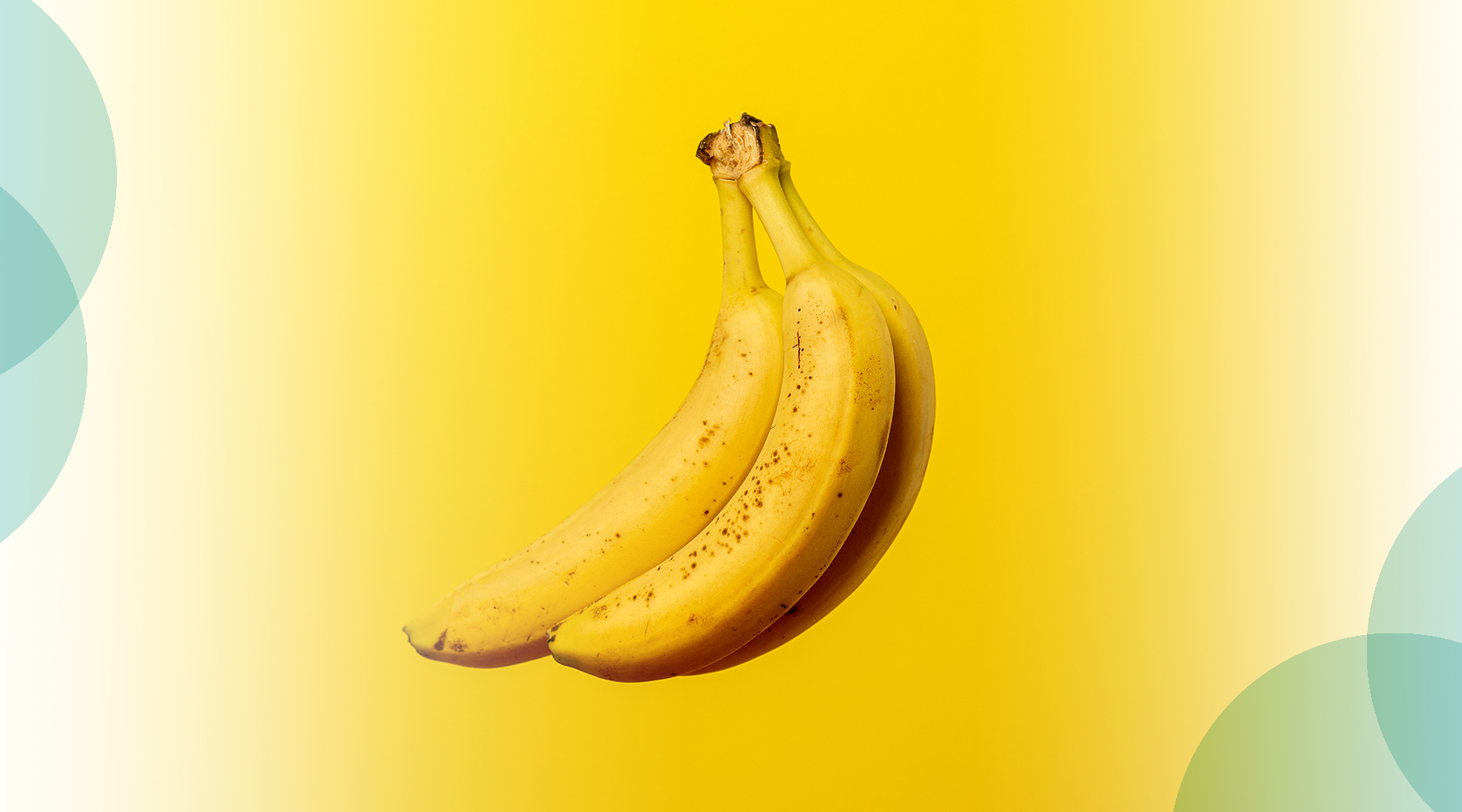If there’s one thing I can’t stand, it’s wasting something useful or important. You know, like food that’s about to go bad!

Food waste is pretty common, with Americans tossing somewhere around 30 to 40 percent of the food they purchased. It’s shocking! And it’s certainly a great way to waste your hard-earned money.
None of us buy food with the intention of throwing it away before eating it. You know how it goes. You’re at the grocery store, loading up on fresh, nutrient-dense fruits and veggies, telling yourself about all the healthy meals you’re going to eat. And then half those foods start wilting or going brown before you get around to cooking them.
If this is where you’re at, never fear! I’ve got some clever ways to use up food that’s about to go bad. You might be able to save some of those foods from the brink of spoilage. So, it’s time to cut down on food waste and use up all that food!
Zucchini

I love zucchini, but I have a tendency to buy a bunch and then not use it all. Or, I’ll forget I have it all together! It gets a little less crisp, doesn’t it? If you wind up with zucchini that is a little past its peak, there’s still plenty of hope to eat this tasty veggie.
Try grating the zucchini, and combining it with egg and flour to create tasty fritters. They also freeze well, in the event you have a lot of zucchinis that need to get used up quickly. And for something even easier, hit that zucchini with a spiralizer to create some low-carb “zoodles.”
Apples
When apples get a little past their prime, they tend to get mushy. However, as long as they don’t exhibit any other signs of going all the way bad, like, say, mold, they’re still safe to consume… at least for a hot minute before they need to go in the trash.
The best way to use up apples before they go bad? Baked in the oven with a little sugar and cinnamon sprinkled on top, of course. Or, if you prefer, cook up some homemade applesauce (adjust the recipe based on how many apples you have).
Overripe Bananas

Using up those extra soft bananas is one of the easiest food items to use up before they are too far gone. In fact, these overripe, squishy bananas are exactly what you need to make the perfect banana bread! In fact, banana bread is so warm and delicious, you might find yourself letting bananas get extra ripe on purpose, so you can make more!
If you’re not a fan of baking (or let’s be honest, you don’t have enough time for baking), you can always whip up a quick smoothie with your overripe bananas. They may not be all that palatable on their own, but they’re always tasty in drink form.
Lemons

Not all of these uses involve cooking. If a lemon is a little past its prime in terms of eating, that means it’s perfect for cleaning! Hey, when life gives you lemons, right?
Lemons tend to get more bitter as they get closer to being out of date, making them more difficult to use as an ingredient. Fortunately, they don’t lose their cleaning power! As long as your lemon (or lemons, if we’re being honest) isn’t showing serious spoilage signs, like mold, they are still perfectly fine to use for cleaning purposes.
Lemons are great for DIY, all-natural cleaning – and it doesn’t matter what they taste like. Aside from that fresh, lemony scent, lemons are also highly acidic, making them antibacterial and antiseptic. These guys will leave your kitchen – and the rest of your home – sparkling clean!
There are a ton of ways to use lemons for cleaning, from throwing rinds in the garbage disposal to eliminate sink stink, to getting those spaghetti sauce stains out of plastic storage containers. Check out all these ways to clean with lemons.
Bread
Like bananas, bread can be a pretty easy food item to save. We can’t do anything with bread once it’s too far gone, like if there’s mold. You’re going to have to throw that loaf away. But, if you have bread past the “best by” date that’s still good, just getting stale, or isn’t very soft anymore, you can still use it.
Stale bread doesn’t make for very good sandwiches, but it is perfect for making croutons. They are really easy to make, and you can customize them any way you like. Use them to top salads or a bowl of soup, or maybe just eat them as a snack!
You can also make your own breadcrumbs, which are always a welcome ingredient in my kitchen. I like to use them on top of casseroles, but breadcrumbs are also essential for certain kinds of breading and for making meatballs.
Cucumbers

Much like with zucchini, I have a terrible habit of buying more cucumbers than I actually need. The obvious choice for using up extra cucumbers is to add them to every salad or throw in water for a refreshing hint of flavor. If you can only drink so many glasses of cucumber water, I have another tasty idea for those extra cucumbers in your fridge: pickle them!
Pickling is, at its core, a way to preserve foods so they last longer. That’s what we’re trying to do here. Besides, pickles are just really delicious. Refrigerator pickles are an easy, no-fuss way to get it done. You don’t need any special equipment, and you don’t even have to turn on the stove.
Yogurt
I can never gauge if my kids are going to be in a yogurt “mood.” Sometimes, they go through a giant container really quickly. It feels like I blink and all the yogurt is gone. But sometimes I buy yogurt and it just sits there in the fridge.
If you bought a big container of yogurt and are now scrambling to finish it before it expires, the easiest way to make use of it is in smoothies. I do have another idea for you to try, though: frozen yogurt bark. It’s extremely easy, definitely delicious, and it will keep in the freezer for quite a while (although I have a feeling you’ll eat it pretty quick!).
Related: Smoothie Bowl Recipes Guaranteed to Improve Your Breakfast Experience
Tortillas
You certainly can’t have tacos, fajitas, or burritos without tortillas, but sometimes there is a bunch leftover. Well, at least there are when I buy that really big stack. So what do you do with all those extra tortillas, besides making more burritos? Make your own tortilla chips, obviously!
Homemade tortilla chips will always taste better than the bags of chips at the store. The best way to make them is by frying them, which makes them crispy and light. It’s also possible to bake them in the oven if you prefer.
Random Ingredient “Orphans”

Perhaps you bought a bag of potatoes, and there are two lonely little guys left at the bottom of the bag. You bought a container of baby portabella mushrooms but only needed half for the recipe. There’s a handful of shredded carrots hanging around in the fridge, threatening to go bad.
All of these odds and ends start building up throughout the week, but what do you do with all of them? While it can feel like these extra items didn’t have anywhere to go because they didn’t fit into the recipe, you can definitely still put them to use.
This depends on the “orphans” you have left over from cooking recipes, but most of the time, you can combine all of these into a one-pot hearty soup or stew. Or, if you’re lucky, combine them all together into a quick stir fry that you can serve over rice.
Related: Soup’s Up! Five Healthy and Hearty Recipes
Random Food Scraps

Random food scraps include useful (but otherwise wasted) bits like broccoli stems, the ends of zucchini, herb stems, or the greens from your carrots and other root vegetables. These are items that could be utilized but often are not. (Apple cores technically qualify as food scraps, but we’ve already covered those!)
Instead of tossing these less-desirable parts of ingredients, toss them into a container or freezer bag, and keep the hodgepodge in the freezer. As you wind up with more veggie scraps, keep filling up the container. Even wilted leafy greens can go in here for a second life.
Once your container is full, it’s time to make a fresh batch of vegetable stock! People buy premade stock at the grocery store so often that they forget how easy it is to make a flavorful homemade stock.
You can roughly chop vegetables, but you don’t even need to peel them first. Throw them all in a big pot, cover them with water plus a few extra inches of water on top, and bring it to a simmer. You’ll eventually strain out the veggie scraps, and you’re left with a custom, delicious broth.













